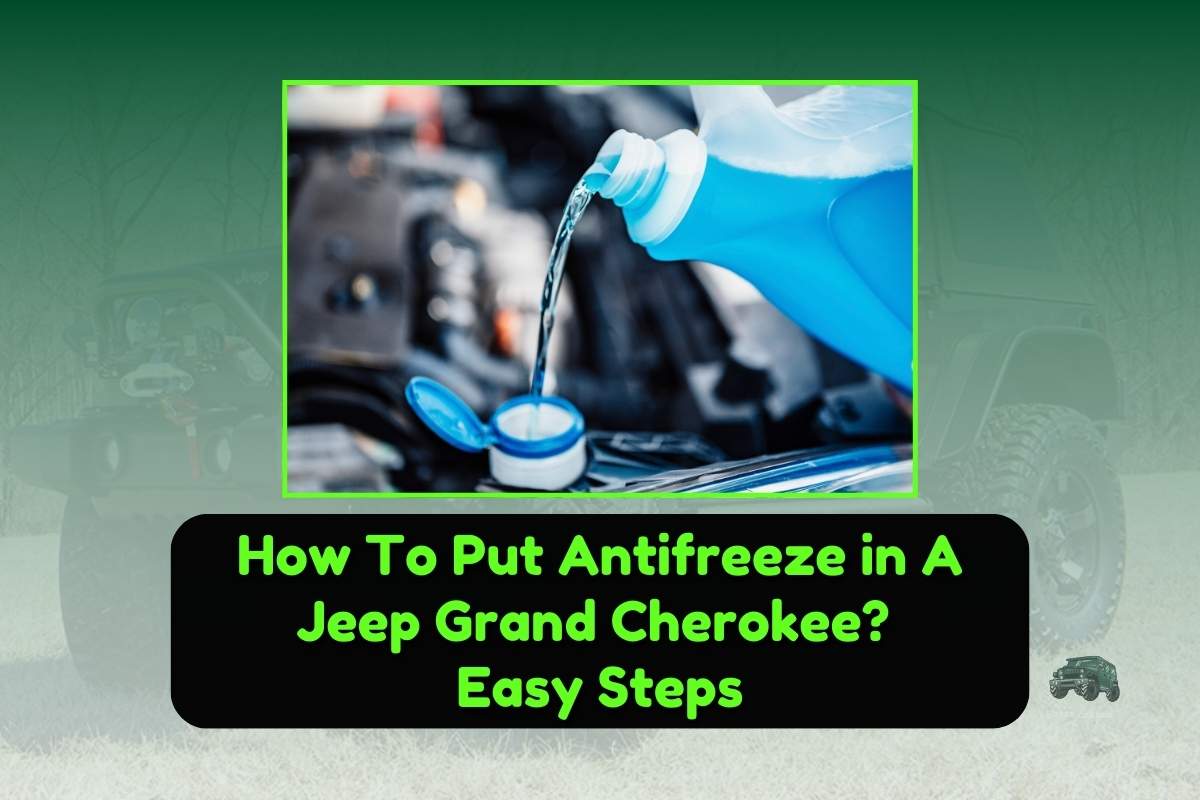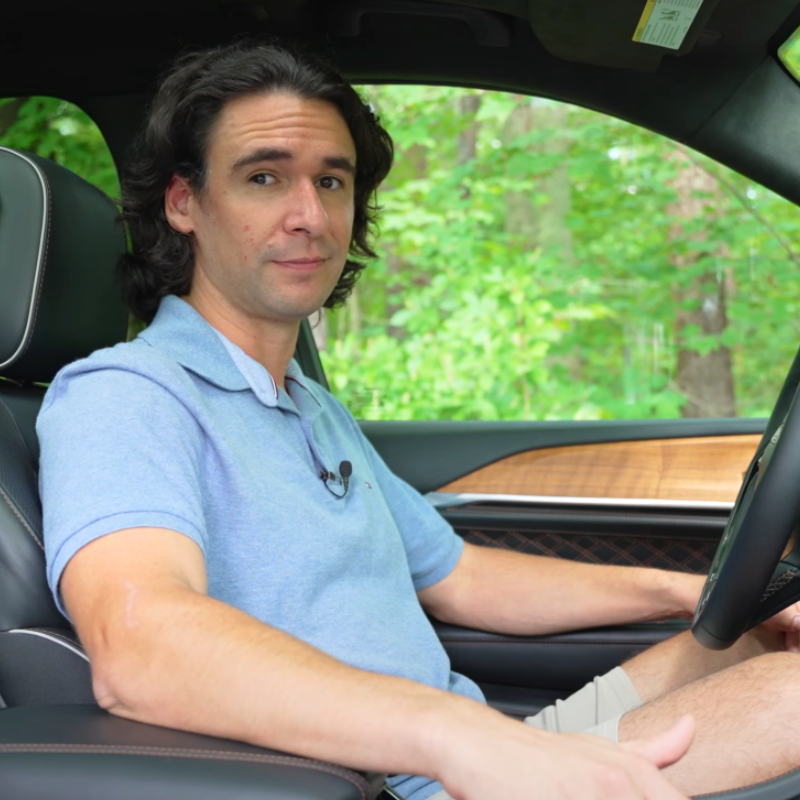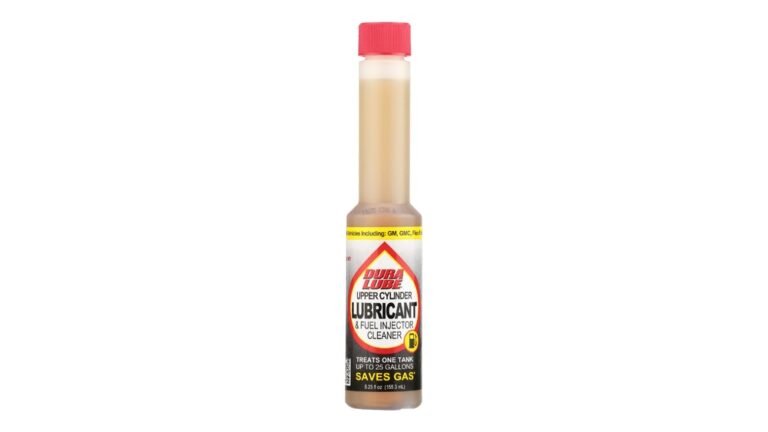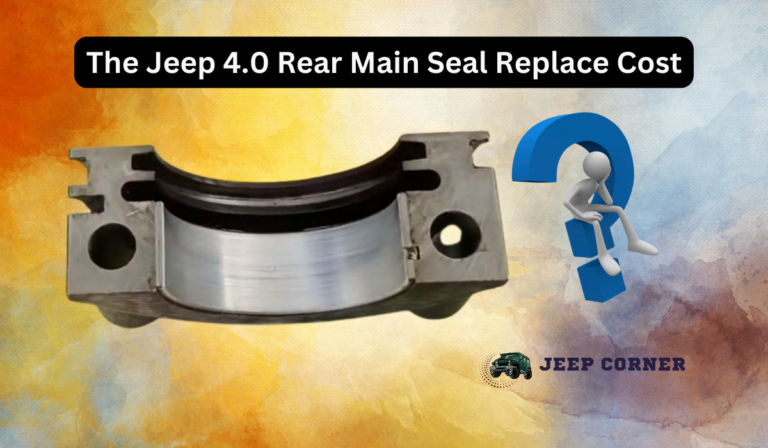How To Put Antifreeze in A Jeep Grand Cherokee? Easy Steps
Knowing how to put Antifreeze in your Jeep is not so critical that you should leave it for your mechanic. Besides, when your engine needs coolant, you may not get your mechanic next to you to do this fillup.
So, you better know how to put Antifreeze in a Jeep Grand Cherokee. First, locate the reservoir, check the level, and refill it with suitable antifreeze. Putting antifreeze is the most effortless Jeep maintenance.
In this article, we will answer the question about putting antifreeze in a Jeep Grand Cherokee.
Table of Contents
How To Put Antifreeze in A Jeep Grand Cherokee?
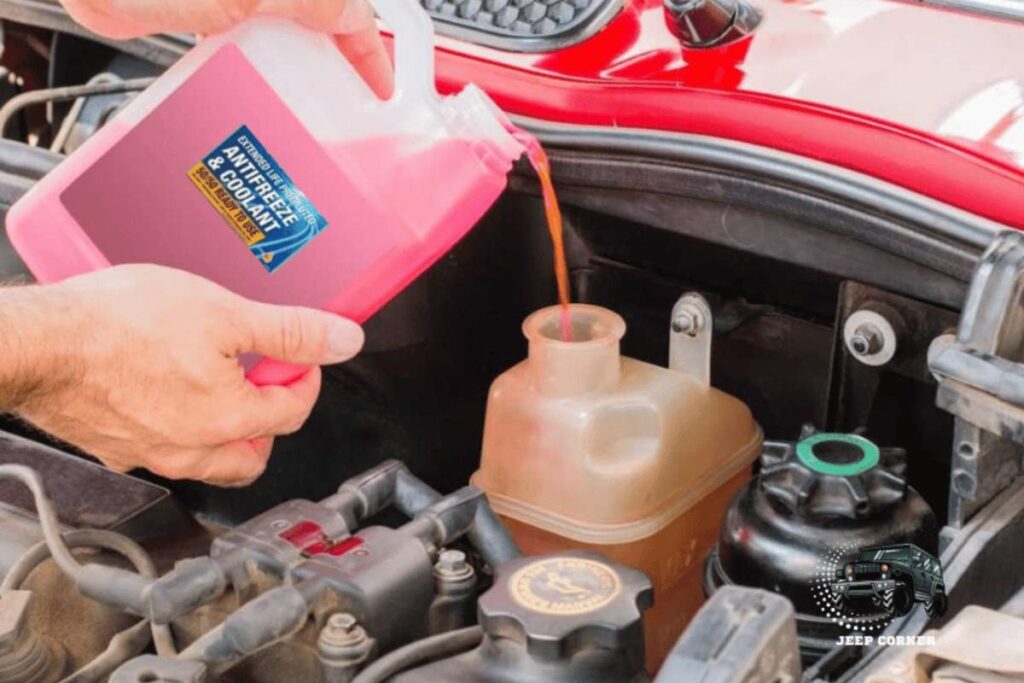
Putting coolants does not involve critical steps; you can follow them yourself.
Step 1: Prepare the Jeep for repair
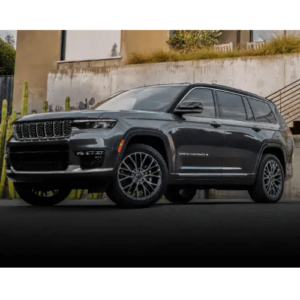
Take the Jeep Grand Cherokee to the parking area and wait for the engine to cool down completely.
Step 2: Locate the hood release button
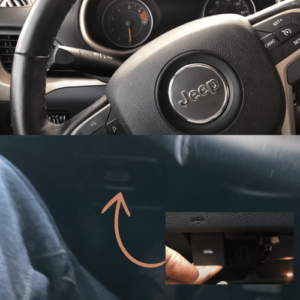
To open the hood, locate the hood release button and push it. The hood will open, and use your hand to pull the hood.
Step 3: Find out the coolant reservoir
Jeep Grand Cherokee has a traditional reservoir system, and you will find them at the corner near the headlights.
Step 4: Check the coolant level
The reservoir is plastic made and translucent. It is labeled with max and min. Clean the outside of the reservoir to avoid contamination.
Step 5: Add coolant
Open the cap and check if the coolant level is under the maximum. Find out what type of coolants you need and pour it through a funnel. If you add more than the maximum, deduct it with the help of a syringe.
Step 6: Replace the cap
Close the cap tightly to secure the opening.
Step 7: Find out hoses
Squeeze the hoses and locate the connection point. Hoses connect the next part of the engine and confirm the connection point if close fitting.
Now you are done putting antifreeze in a Jeep Grand Cherokee, so close the hood. Coolants are highly toxic, so avoid touching them and clean the surface if you accidentally drop them.
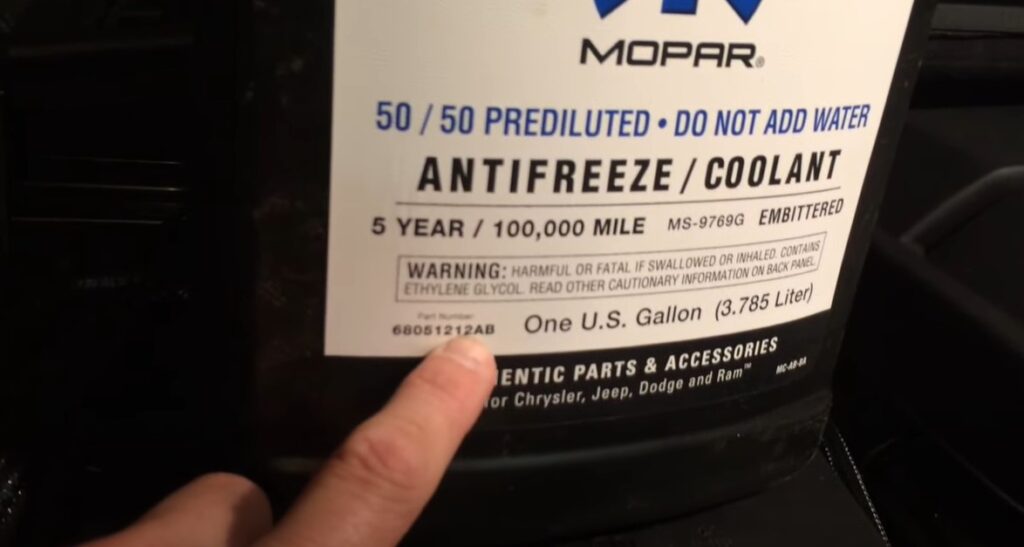
Signs Your Vehicle Needs Coolant
Here is some sign from which you can say your vehicle needs coolant.
Dashboard light on
If you find the temperature light on after starting the vehicle, know that the engine’s temperature has increased. So the vehicle needs coolant.
Heater stop working
A valve controls the coolant flow through the heater core to control the cabin temperature. Blockage or leaking coolant affects the heater’s performance.
Leak on coolant
Pink, orange or green splash on your driveaway and parking area; antifreeze leak is the reason. Component failure can be the reason for coolant loss. In this case, you will not find any spill in a parking place.
Poor gas mileage
Proper temperature is mandatory to run the engine efficiently. Lack of coolant increases the engine temperature high. Thus, the fuel does not vaporize correctly if the engine temperature is not within range.
Abnormal temperature gauge reading
The upward or downward position of the temperature gauge needle indicates a faulty cooling system. A properly operating cooling system keeps the temperature gauge between high and low.
Fragrant from Jeep
One of the main features of antifreeze is its sweet smell. If you discover a sudden smell from under the hood, there might be a leaking in the cooling system.
Why Should You Put Coolants In Your Jeep Grand Cherokee?
The coolant in a Jeep Cherokee plays an essential role in its engine’s performance. Coolant usually protects the engine from overheating by freezing the heat. It also lubricates parts like the head gasket, water pump and cylinder.
A combustion engine creates energy for moving vehicles, and the rest is converted into heat. Only a portion of energy leaves through the exhaust, and the rest remains in the engine block.
Aluminum components melt at about 1225 degree celsius when the engine may produce 4500 degrees celsius heat. A low level of coolant cant absorb heat and lead to engine failure. On the other hand, a high amount of coolant pressure triggers a leak that can be a reason for engine breakdown.
How Often Should You Change Engine Coolant?
Coolant degrades over time as it becomes acidic and loses the ability to stop rust. Coolant change recommendation varies with vehicle model. Usually, mechanics suggest changing it after every 30000 miles, but the manual suggests 60000 miles, then every 30000 miles.
Coolant with more than 50000 miles should be tested for rust. Using a hydrometer, test strips can measure acidity, freezing, and boiling protection.
FAQs
Here are some most frequently asked questions.
What Can Happen Choosing The Wrong Antifreeze Color?
If you mix different color coolants through a chemical reaction, they will form a gel-like substance. Thus, coolant will lose its function to absorb heat and result in damage to coolant system components.
Can You Refill The Coolant By Yourself?
Refilling coolants is one of the most straightforward vehicle maintenance. You can do it by following some easy steps.
After Adding Coolant, How Long Should One Wait Before Starting The Vehicle?
Waiting for 1 to 2 hours is safe after adding coolant to the vehicle, but other factors are involved too. At least 15 minutes of waiting is safe.
Coolant and Antifreeze The Same?
There is a similarity between coolant and antifreeze, but they are not the same. The concentrated form of Ethylene glycol, or propylene glycol, is known as antifreeze, but to create coolant, you must mix water in a 50/50 ratio. 50 /50 mix offers sufficient efficiency, prevents freezing and cools the engine that operates at 200-degree temperature.
What Coolant Color Suits Jeep?
Color does not affect performance. There are two types of coolants used in Jeep.
1. Hybrid organic additive technology (HOAT )
2. Organic additive technology(OAT).
You will find only HOAT in orange and yellow colors, but OAT is available in yellow, orange, red, and purple colors.
Conclusion
Coolants save the engine from corrosion and melt engine components from high temperatures. Various coolants are available, so identifying the suitable one is a must. However, don’t mix two types of coolant as they harm the engine.
Besides, periodically checking the coolant level is necessary to avoid unwanted events. You can check the coolant level and refill it if necessary. Coolants are toxic, so deal with them with caution.

